Review: ZTE Warp Sync for Boost Mobile
Mar 26, 2015, 7:00 PM by Eric M. Zeman
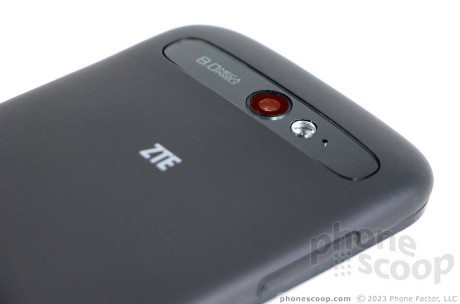
This Android phone for Boost Mobile covers the basics in a plain, but usable package. Budget shoppers who prefer pre-paid services might enjoy its stick-to-the-basics approach.
Form
Is It Your Type?
ZTE's Warp Sync lands in the middle of the pack over at Boost Mobile. Many might call it an entry-level device, but its specs make it a balanced contender for your hard-earned cash. If you're looking for a no-nonsense device that boasts decent looks, good features, and good performance, the Warp Sync should be on your short list.
Body
The Warp Sync has a vanilla appearance, but I'd count that among its pros. It doesn't have the high-end character of the XMax+, nor does it have the newbie look of the Warp Sequent. The best way to describe it is to call it non-descript. It easily blends in and gets lost in the sea of black slabs available from phone makers near and far.
The Warp Sync's front face is glossy glass and the back is matte plastic. I like the combination of materials and textures, which meet in a distinct seam along the four side edges. Branding and logos are kept to a minimum, leaving the phone almost entirely black.
The Warp Sync has a 5-inch screen, so it's not a dainty device. It's about the same size as the Motorola Moto G. The corners are rounded gently so the phone feels comfortable when gripped. It's just big enough that I have to adjust my grip a little so my thumb can reach the upper portions of the screen. The phone has a weighty feel to it. You can slip it into your pockets without any trouble, despite the somewhat thick girth.
ZTE did a fine job assembling the phone. Everything fits together tightly. The materials aren't top-of-the-line, but nonetheless I was pleased with the overall look, fit, and finish of the phone.
Glass forms the entire front surface of the Warp Sync. It's held in place with a noticeable rim that circles the glass. The rim protects the screen when the device is placed face-down on a flat surface. Some such rims are bothersome; this one is not. ZTE cut a hole in the glass for the earpiece grille, and the user-facing camera is visible next to it. ZTE adorned the Warp Sync with three capacitive buttons below the screen for controlling the phone. They worked without issue.
You'll find the volume toggle perched on the left edge of the phone. It's a long, slim affair that has a decent profile, but offers cheap-feeling travel and feedback. The screen lock button is all by itself on the right edge of the phone. It has the same profile as the volume toggle, but travel and feedback are a smidge better.
The micro-USB port is also located on the left side of the phone, which I find really annoying; I'd prefer to see it on the top or the bottom. The headphone jack is on the top of the phone. The bottom is blank.
The back surface has several nice design elements. The camera module is a glossy, elongated oval. It stands out nicely from the matte surface of the battery cover. There are also four rows of tiny holes forming the grille for the speakerphone. The back cover comes off easily thanks to a generously-sized notch for your thumb. Some will be happy to know that the battery itself is removable. With the rear exposed, you also have access to the memory and SIM cards.
ZTE crafted a fine piece of hardware in the Warp Sync, even if it borders on boring.
Performance
Screen
ZTE gifted the Warp Sync with an excellent display. It measures 5 inches across the diagonal and offers 720p HD resolution. We might have expected ZTE to drop the resolution down to qHD at this price point, so it's a bonus that they went for 720p. I found the screen to be bright, colorful, and sharp. On-screen elements are clear and often pop visually. The phone has excellent viewing angles, and there's no brightness or color change when the phone is tilted side-to-side. You will have to crank the brightness to use the Warp Sync outdoors, but I had no problem taking pictures on a sunny afternoon.
Signal
Boost Mobile operates on Sprint's network around the U.S. The Warp Sync performed slightly under par with other devices I've tested on Sprint's network in and around New York City. It generally remained connected to the network, though it dropped off a few times under the worst signal conditions. The phone was slow to transition from 3G to LTE in areas I knew to have strong LTE coverage. Phone calls all connected on the first dial, but the Warp Sync did drop two calls when transiting between cell towers. Surfing speeds were acceptable when the Warp Sync connected to LTE, but slowed down dramatically over Sprint's 3G network.
Sound
I'd rate phone call quality as about average. It wasn't bad, but wasn't exceptional, either. The Warp Sync suffered from distortion from time to time, and — even at its maximum setting — was just loud enough to handle everyday environments. Moderately noisy spaces, such as a coffee shop, gave the Warp Sync a run for its money and forced me to step outside. Those who I spoke to through the Warp Sync said I sounded rather crummy. The speakerphone demonstrated poor call quality, but fairly good volume. I was able to hear the crackling distortion loud and clear. Ringtones and alerts produce just enough noise to get your attention when necessary, even if you're on the other side of your house. The vibrate alert is strong enough to make the phone dance across a table.
Battery
A 2,300 mAh battery is packed into the Warp Sync and it delivers a full day of mixed use. The phone always managed to keep a charge from breakfast to bedtime despite heavy testing of features like the camera, email, Bluetooth and GPS, and media playback. Tasks such as emailing and reading through your Twitter timeline hardly tax the battery at all. Most users will need to charge the Warp Sync at night, but can rest easy knowing their phone will get them through the day.
Basics
Menus
ZTE installed a mild skin on top of Android 4.4 KitKat. The Warp Sync functions as Android phones are meant to, but the icons, graphics, and other UI elements have been altered with ZTE's design language.
The phone offers four shortcuts on the lock screen, which include the camera, phone, messages, and contact apps. These cannot be changed. The Warp Sync can be locked with a PIN, password, pattern, or your face, or left unlocked entirely. The Quick Settings panel is accessible from the lock screen, but notifications aren't.
The Warp Sync has five home screen panels active out of the box, only one of which has been preloaded with Boost carrier apps/shortcuts. You are free to adjust the home screens as you please. Perhaps my favorite feature is that ZTE installed 10 different animated transitions to pick from when you swipe through your home screens. They're pretty cool.
The main app drawer show apps in alphabetical order. You can drop them in folders, but the Warp Sync doesn't support a list view, nor customized views. I like that you can hide unwanted apps, but I'd prefer to delete them (you can't.) ZTE dressed up the settings menu a bit with a white background and nicely colored icons and buttons. The menu is arranged in the same order as other Android phones (clumped into groups), but looks nicer.
Last, it's worth pointing out that the Warp Sync offers Sprint iD, which are app/theme packs meant to help people customize their phones. You can ignore Sprint iD, or use it to browse through the various themes and install them. The idea is good in theory, but not so good in practice because the wallpapers and themes are often accompanied by unwanted bloatware.
The Warp Sync has a 1.2 GHz quad-core processor on board, but it's an older Qualcomm S4 Plus chip. It definitely struggled on occasion. The phone was sometimes slow to register screen presses and lagged from time to time. This left me rather disappointed in the phone's performance.
Calls/Contacts
ZTE installed the most recent versions of the Android phone and people apps on the Warp Sync. The default view is that of your favorites with the most recent call on top. You can easily pull up the dialer or your call history thanks to buttons that line the bottom of the app. Loading your full contacts list requires two presses from within the phone app. If you know ahead of time you need to search through your entire database before making a call, it's faster to go straight to the people app.
The contact app can pull in contacts from myriad sources, including Google, Yahoo, and Microsoft Exchange. Contact details can also be pulled from your social media accounts (Facebook/Twitter) to help flesh out contact cards. The contact app doesn't include direct dial home screen widgets, which is a shame.
Messaging
The Warp Sync comes with Gmail, email, messaging, Hangouts, and Google+. Google has updated many of these apps so they are the same no matter what version of Android you're running. The latest Gmail app is great and now incorporates other email services. This negates the need for the stand-alone email app, but it there's anyway.
ZTE skinned the stock messaging app with its own design. I rather like it. The messaging app is the relatively standard SMS/MMS client, but you can switch to Hangouts if you want. As I've said in other reviews, Hangouts gets the job done but has a rather steep learning curve.
Twitter and Facebook aren't preloaded, so you'll have to download them, and any other social networks, in the Play Store.
Extras
Media
The Warp Sync comes with the expected set of Google Play apps for music, movies, books, and magazines. I didn't run into any trouble when testing them. Naturally, YouTube is on board.
ZTE added stand-alone music and video apps on the Warp Sync, which I appreciate. They're best utilized for playing side-loaded content on memory cards. Each has an easy-to-grasp user interface with clean functionality. Boost didn't cram any of its own branded music/video apps on the Warp Sync.
Music sounds good through headphones thanks to software from Dolby. You have to mess with the settings to dial in the right sound, but once you do it's quite good. Movies and TV shows looked good on the 720p screen.
Camera
ZTE installed its camera app on the Warp Sync rather than use the (awful) stock one from Google. Using the lock screen shortcut is the fastest way to launch the camera. It's a shame there's no dedicated button.
The camera software offers two strips of controls — down the left and right sides — though there's still plenty of room on the screen for the viewfinder. The shutter controls are on the right, where there are separate buttons for still and video capture.
The different shooting modes and scenes — of which there are 18 — can be dialed in below the shutter buttons. The Warp Sync offers auto, normal, HDR, panorama, best shot, manual, smile, group, clear, blink detect, interval, macro, portrait, night portrait, sport, sunset, landscape, and low light shooting modes.
Best shot takes a 10-shot burst of photos and lets you pick the best one. “Photo clear” mode lets you erase objects in the background. Smile capture automatically fires the shutter when the camera senses the subject is smiling. Group shot mode takes a handful of shots and lets you combine the best series of faces into a single image. The interval mode allows you to take a short time-lapse of 6 pictures over 30 seconds, 12 pictures over 60 seconds, or 18 pictures over 90 seconds. I found each of the modes worked as expected.
Last, the settings allow you to adjust the brightness, white balance, color effects, timer, and so on. The phone does let you adjust the flash and even apply some filters from the main screen, which I appreciate.
In all, the tools work well. The camera was generally quick and didn't exhibit too much bugginess.
Photos
The Warp Sync has an 8-megapixel camera. Exposure, focus, and white balance are generally accurate. Whites tended to blow out at times, and focus went rather soft more often than I liked. I saw lots of grain when shooting indoors, and the flash doesn't help mitigate that at all. As is typically the case, you'll get the best results on sunny days, though you may have to adjust white balance. The Warp Sync does a decent enough job that most people should be able to get away with leaving their cameras at home for all but the most important events.
Video
The Warp Sync can take video up to 720p full HD resolution. The video results were better than those of the still camera. Focus and exposure were most consistently matched, and white balance was generally spot on. As with the still camera, you can get away with using the Warp Sync for everyday needs, but I'd step up to dedicated video gear if you want the best quality.
Gallery
The Warp Sync has both a ZTE-made gallery and the Google Photos app. The ZTE gallery app is quite attractive and easy to use. Drop-down menus help you sort quickly between albums, locations, times, tags, and your entire library of images. Editing functions are robust and offer basic such as crop and rotate, as well as more advanced tools such as artistic effects, borders, filters, and so on.
The Photos app from Google includes automatic image backups to Google+, and its own set of good editing tools. Sharing via social networks is a breeze. Both apps functioned well on the Warp Sync.
Apps
Bloatware was kept to a minimum, which is welcome news. Non-Google apps are few, but include options such as Kingsoft Office, TouchPal X, and Mobile iD. Everything else is stock Android.
Bluetooth
The Warp Sync's Bluetooth radio worked quite well. It paired with PCs, headphones, and wearables with no problem. Call quality though my car's hands-free system was below average, with background noise posing the biggest issue. Music routed to my favorite Bluetooth speaker sounded decent, but not the best I've heard since the Warp Sync doesn't support the high-quality aptX profile.
Browser
ZTE and Boost included Chrome and the generic Android browser on the Warp Sync. Browsing over Sprint's 3G network was not the best experience, but LTE speeds helped a lot when available. The browsers each handle web sites without issue. I prefer the features of Chrome to the generic browser, but that's just me.
Clock
Like most Android phones, the Warp Sync has a white digital clock that appears at the top of the lock screen. It's visible under most conditions and there were few instances when I couldn't read it due to glare. I wish there were more options for the lock screen.
GPS
Google Maps is the only location service preinstalled. It interacted with the Warp Sync's GPS radio just fine. The phone found me quickly and accurately, but wasn't great at real-time navigation thanks to a combination of network and processor sluggishness.
Wrap-Up
The Warp Sync is an excellent phone for the money. Boost Mobile is offering it at $130. The handset has an attractive set of features and performs well enough for this class of device.
The hardware is quite good even if the design is somewhat plain. The screen shines brightly and belies the phone's price point. Network performance and battery life fall into expected parameters for a device on Sprint's network. In other words, they won't blow your mind. Call quality definitely could have been better. I was also a bit disappointed with the processor's ability to keep the phone running smoothly.
ZTE's user interface skin does a nice job of jazzing up the Android operating system without impacting usability. The Warp Sync has every basic app and feature smartphone owners expect from their devices, such as email, media support, and productivity apps. The camera is decent, but not exceptional.
Boost sells phones that cost between $50 and $650, with most centered around the $100 to $150 price points. At $130, ZTE has a nice competitor in the middle of Boost's lineup. It's a respectable choice for people who need a simple phone that performs well on a pre-paid service.
Comments
No messages


















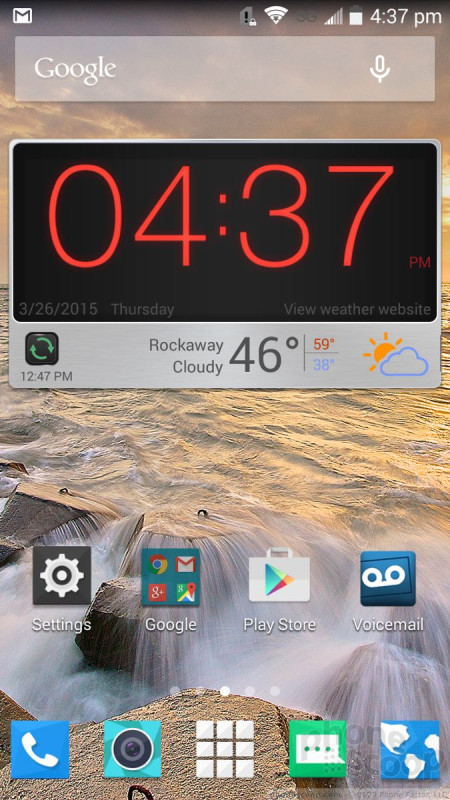








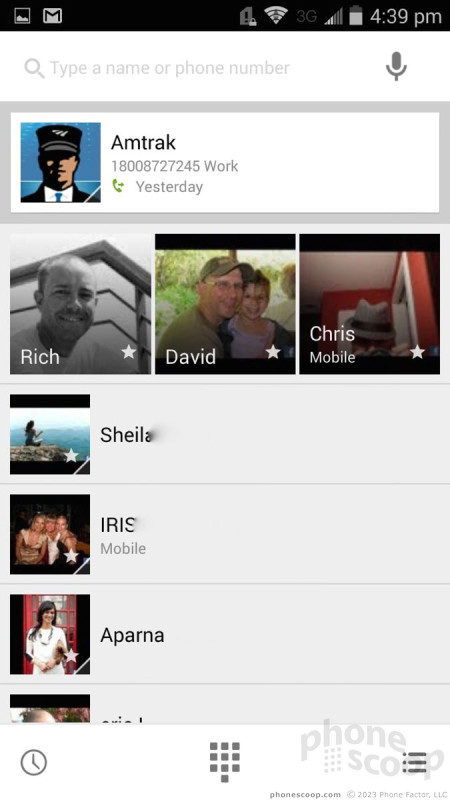




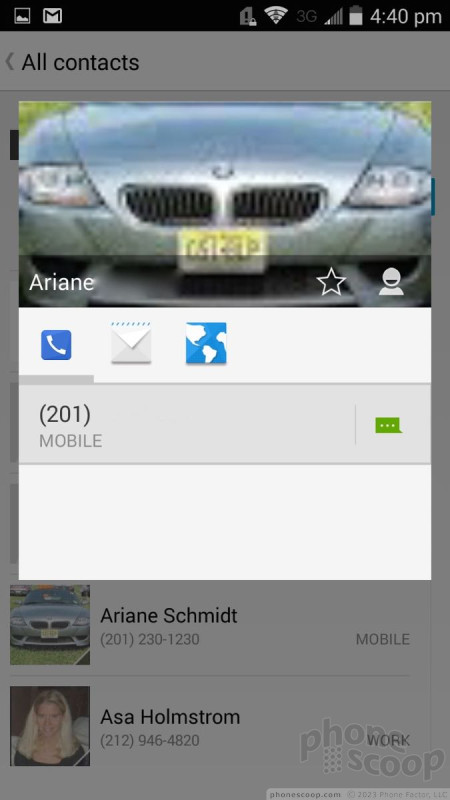




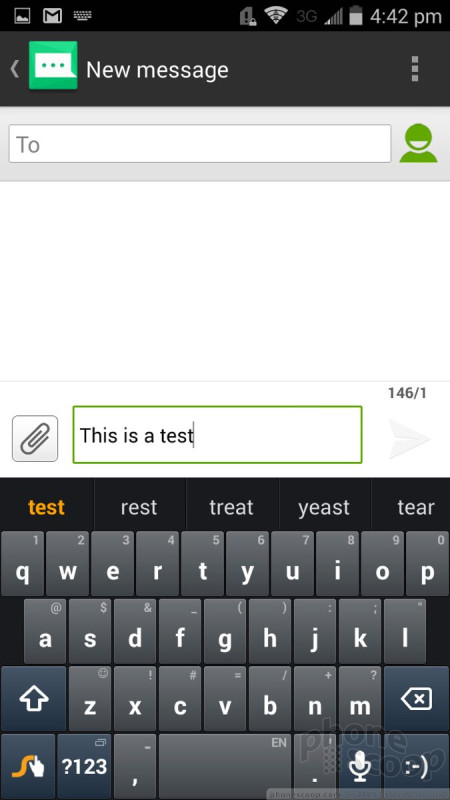




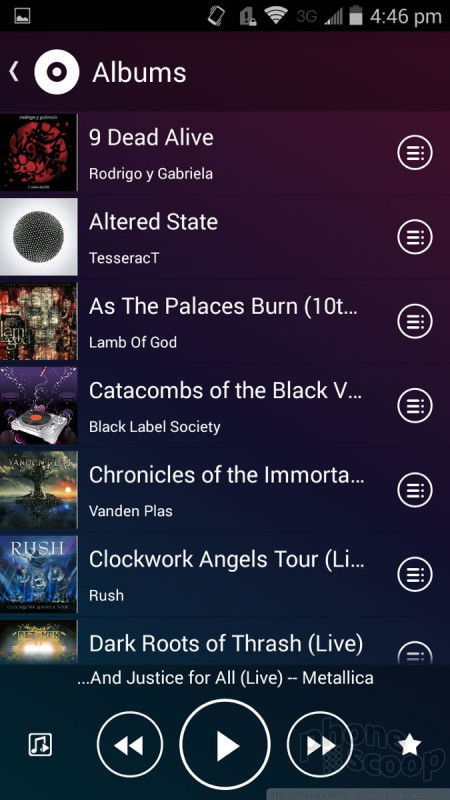






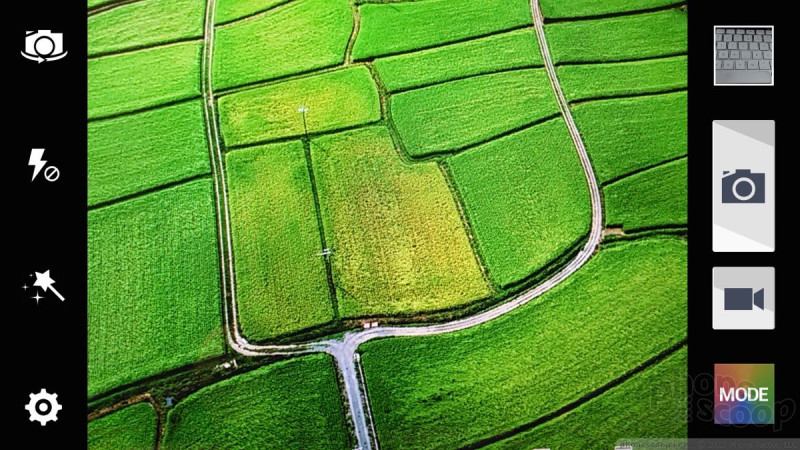




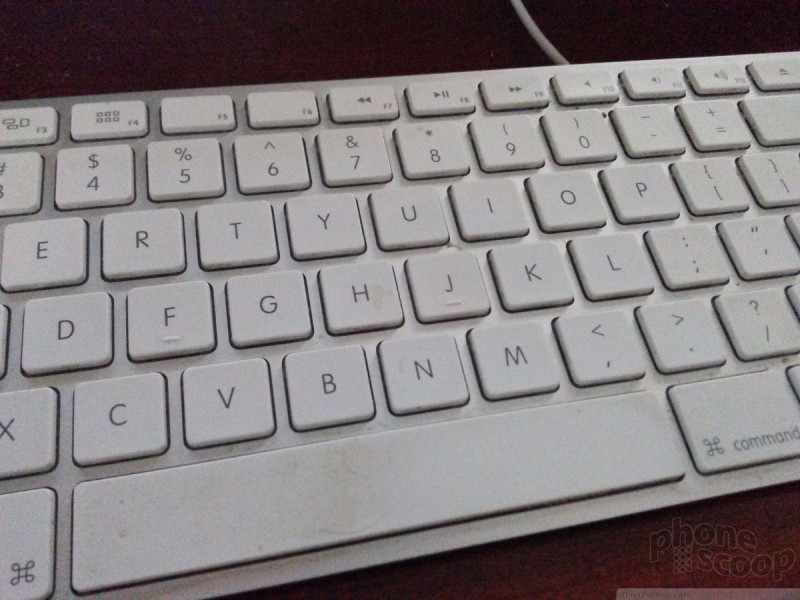













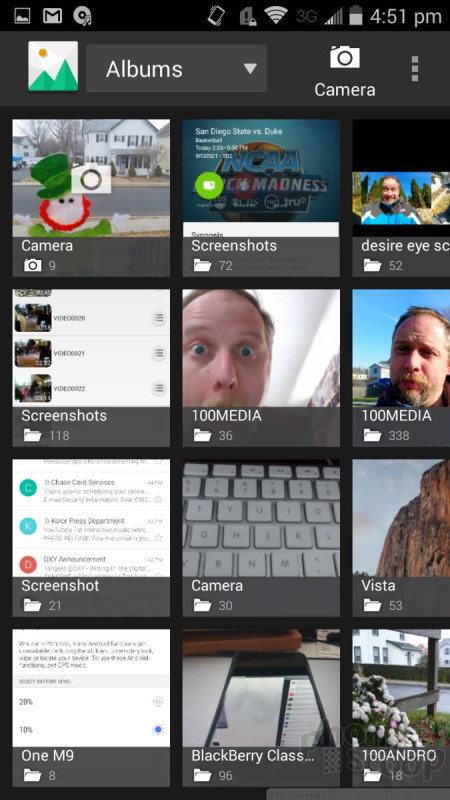




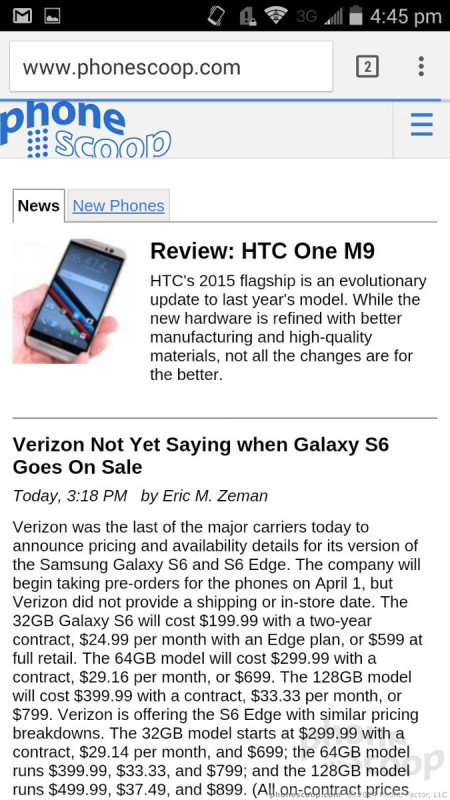



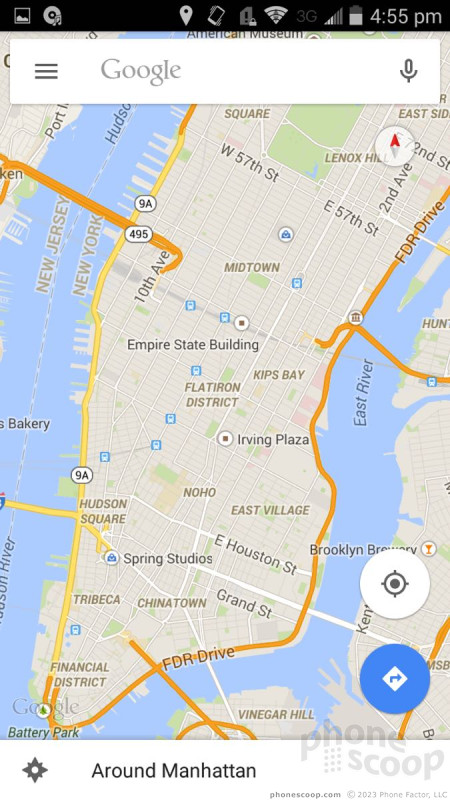




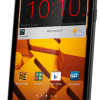 Boost Mobile to Sell Low-Cost ZTE Warp Sync
Boost Mobile to Sell Low-Cost ZTE Warp Sync
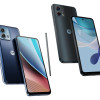 Motorola Updates its Most Affordable Phones
Motorola Updates its Most Affordable Phones
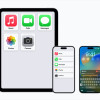 Apple Previews Major New Accessibility Features for iOS
Apple Previews Major New Accessibility Features for iOS
 Samsung's New Foldables Stick to the Formula
Samsung's New Foldables Stick to the Formula
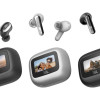 JBL Brings Smart Charging Case to More Earbud Styles
JBL Brings Smart Charging Case to More Earbud Styles
 ZTE Warp Sync
ZTE Warp Sync




